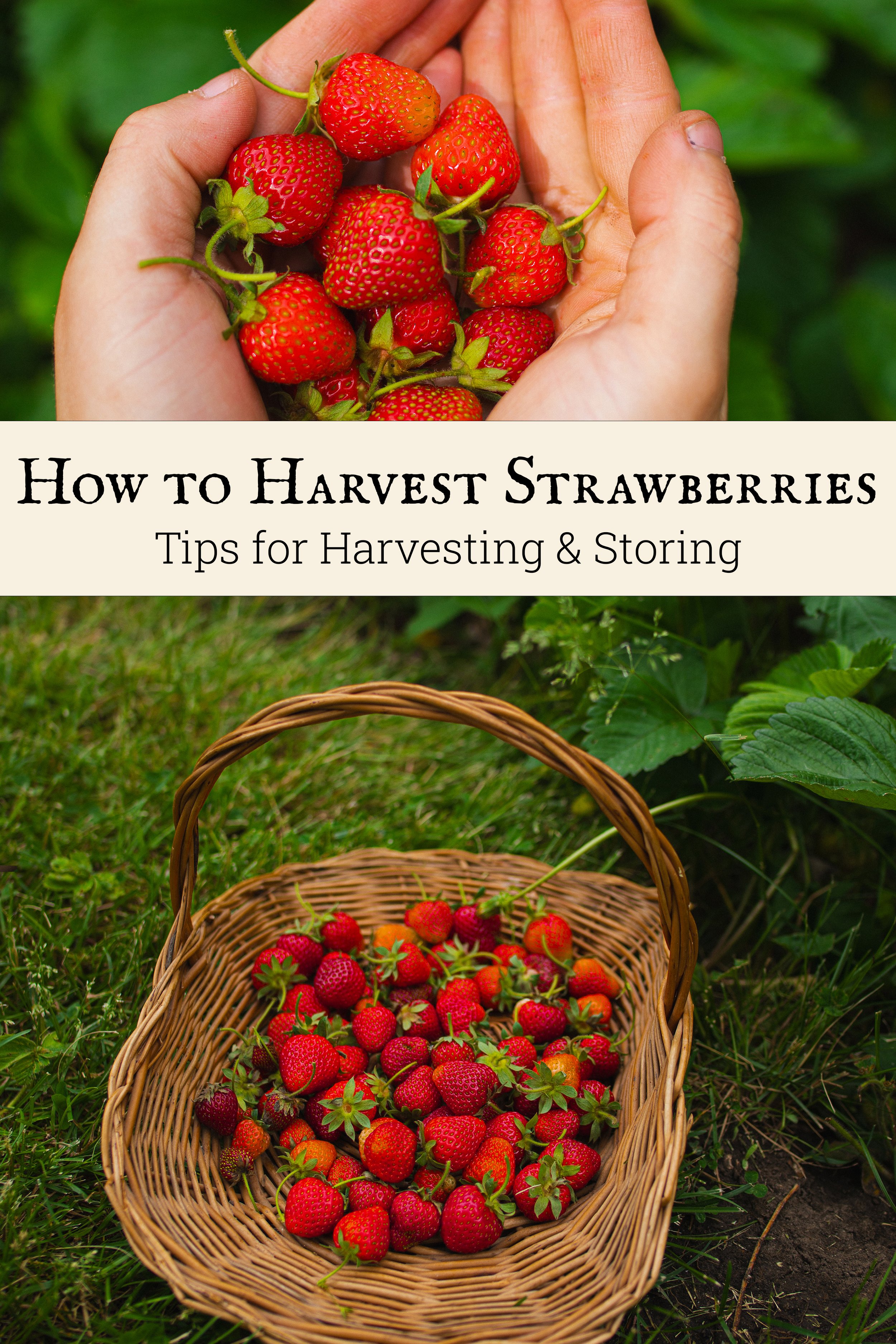Australia’s diverse climate makes it an ideal location for growing berries of various kinds. From the subtropical coasts of Queensland to the temperate regions of Victoria and Tasmania, berries thrive across the country, offering home gardeners a delicious and nutritious reward for their efforts.

“How to Grow Blueberries the Easy Way” by The Diggers Club
Berries are packed with vitamins, antioxidants, and fiber, making them not only tasty but also incredibly healthy. Growing your own berries allows you to enjoy fresh, flavorful fruit right from your garden, often at a fraction of the cost of store-bought berries. Additionally, cultivating your own berries reduces the environmental impact associated with transportation and packaging, and it provides the satisfaction of knowing exactly how your food is grown.
This guide will walk you through everything you need to know to successfully grow berries in Australia, from selecting the right varieties for your region to planting, caring for, and harvesting your crop.
Choosing the Right Berries for Your Region
Australia’s vast size and varied geography mean that the climate can differ dramatically from one region to another. Generally, the country is divided into several key climate zones:
- Tropical (Northern Queensland, Northern Territory): Characterized by hot, humid summers and mild, dry winters.
- Subtropical (Southeast Queensland, Northern New South Wales): Features warm, humid summers and mild winters with more rainfall in the summer.
- Temperate (Victoria, Tasmania, Southern New South Wales): Experiences four distinct seasons, with cold winters and warm to hot summers.
- Mediterranean (South Australia, Western Australia): Known for hot, dry summers and mild, wet winters.
Understanding these climate zones is crucial in selecting the right berry varieties that will thrive in your specific area when growing berries.

Berry Varieties Suitable for Different Regions
Each climate zone in Australia is suited to different types of berries. Here’s a breakdown of which berries are best suited to each region
- Tropical Regions:
- Pineberries: A unique white strawberry variety with a pineapple-like flavor.
- Raspberries: Varieties such as the Tropical Raspberry are bred specifically for warm climates.
- Tropical Blueberries: Thrive in the warmer temperatures and humidity.
- Subtropical Regions:
- Strawberries: Varieties like ‘Redlands Joy’ are well-suited to subtropical climates.
- Blueberries: Subtropical varieties like ‘Sharpblue’ are ideal.
- Raspberries: Thrive with ample summer rainfall.
- Temperate Regions:
- Blackberries: These are well-suited to cooler climates.
- Raspberries: Enjoy the temperate conditions and produce abundantly.
- Strawberries: Varieties like ‘Tioga’ and ‘Selva’ are popular in temperate regions.
- Mediterranean Regions:
- Currants: Red, black, and white currants thrive in Mediterranean climates.
- Gooseberries: Prefer the mild winters and dry summers.
- Mulberries: These trees are hardy and flourish in Mediterranean conditions.
Deciding Based on Soil Type and Water Availability
When growing berries, consider not just the climate but also your soil type and water availability. Berries generally prefer well-drained, slightly acidic soil rich in organic matter. If your soil is sandy or heavy clay, you may need to amend it or grow berries in raised beds. Water is also a key factor, as most berries require consistent moisture, particularly during fruiting. If you live in a region with limited water availability, consider drought-tolerant varieties or implement efficient irrigation systems like drip irrigation.
Planting and Care Tips
Berries are particular about their soil. They thrive in well-drained soil with a slightly acidic pH (around 5.5 to 6.5). Before growing berries, test your soil’s pH and amend it if necessary. You can lower the pH by adding organic matter like –
In addition to the right pH, berries need soil rich in organic matter. Incorporate compost or well-rotted manure into the soil before planting to improve fertility and water retention. Ensure good drainage by avoiding waterlogged areas or consider planting in raised beds if your soil tends to be heavy.

Planting Technique
The best time for growing berries in Australia varies by type and region, but generally, it’s best to plant during the cooler months when the plants are dormant. This allows them to establish roots before the heat of summer.

Berry Cycle
- Strawberries: Plant in early spring or autumn, spacing the plants 30–40 cm apart in rows 75 cm apart.
- Raspberries and Blackberries: Plant in late winter or early spring, spacing plants 50–60 cm apart in rows 2 m apart.
- Blueberries: Plant in late winter or early spring, spacing plants 1–1.5 m apart.
Mulching is essential when growing berries to conserve moisture, suppress weeds, and regulate soil temperature. Use organic mulch like straw, pine needles, or wood chips.
Companion planting can also be beneficial. For example, planting herbs like basil or thyme near strawberries can help repel pests, while legumes can fix nitrogen in the soil, benefiting all berry types
Watering and Mulching
Growing berries requires consistent watering, especially during flowering and fruiting. The key is to keep the soil evenly moist but not waterlogged. Drip irrigation is ideal as it delivers water directly to the roots without wetting the foliage, reducing the risk of fungal diseases.
Mulching is crucial for maintaining soil moisture and temperature. Apply a 5–10 cm layer of organic mulch around your plants, keeping it away from the base of the stems to prevent rot.
Fertilization and Pruning
Berries benefit from regular feeding, particularly during the growing season. Use a balanced fertilizer or one specifically formulated for fruiting plants. Apply fertilizer in early spring and again after the first harvest.
Pruning is essential for maintaining healthy berry plants and encouraging fruit production. For example:
- Strawberries: Remove runners and old leaves after fruiting to encourage new growth.
- Raspberries: Prune out the canes that have fruited in late summer to make room for new canes.
- Blueberries: Prune in late winter to remove dead or weak branches and open up the center of the bush.
Harvesting and Storage
Knowing When to Harvest
Harvest time varies depending on the type of berries you are growing:
- Strawberries: Pick when fully red for the best flavor. They don’t continue to ripen after picking.
- Raspberries: Harvest when they easily detach from the plant and are deep red or yellow, depending on the variety.
- Blueberries: Wait until they’re fully blue and slightly soft to the touch.
Pick berries early in the morning when they’re cool, and handle them gently to avoid bruising.

Post-Harvest Handling
After harvesting, berries should be used or preserved as soon as possible. They can be stored in the refrigerator for a few days, but they’re best enjoyed fresh.
For longer storage, consider freezing, drying, or preserving them:
- Freezing: Spread the berries in a single layer on a baking sheet and freeze before transferring to a bag or container. This prevents them from clumping together.
- Drying: Use a dehydrator or an oven on a low setting to dry berries, which can then be stored in airtight containers.
- Preserving: Berries can be turned into jams, jellies, or syrups, which can be stored for months.
Get creative with your surplus berries by making desserts like pies, tarts, or smoothies, or try your hand at homemade jams and jellies.
Dealing with Poor Growth
If your berries aren’t growing as expected, the first step is to check your soil’s pH and nutrient levels. Poor growth can often be traced back to imbalanced soil conditions or inadequate fertilization. If your soil is too alkaline, consider adding sulfur or organic matter to lower the pH.
Also, check that your plants are getting enough sunlight. Most berries need at least six hours of direct sunlight each day. If they’re planted in too much shade, they may not produce well.
Weather-Related Challenges
Australia’s weather can be unpredictable, with heatwaves, frost, and heavy rain all posing risks to berry crops.
- Frost: Protect young plants from frost by covering them with frost cloth or using cloches.
- Heatwaves: Provide shade during extreme heat, and ensure the soil is well-mulched to retain moisture.
- Excessive Rain: Improve drainage around your plants, and avoid overhead watering to reduce the risk of fungal diseases
